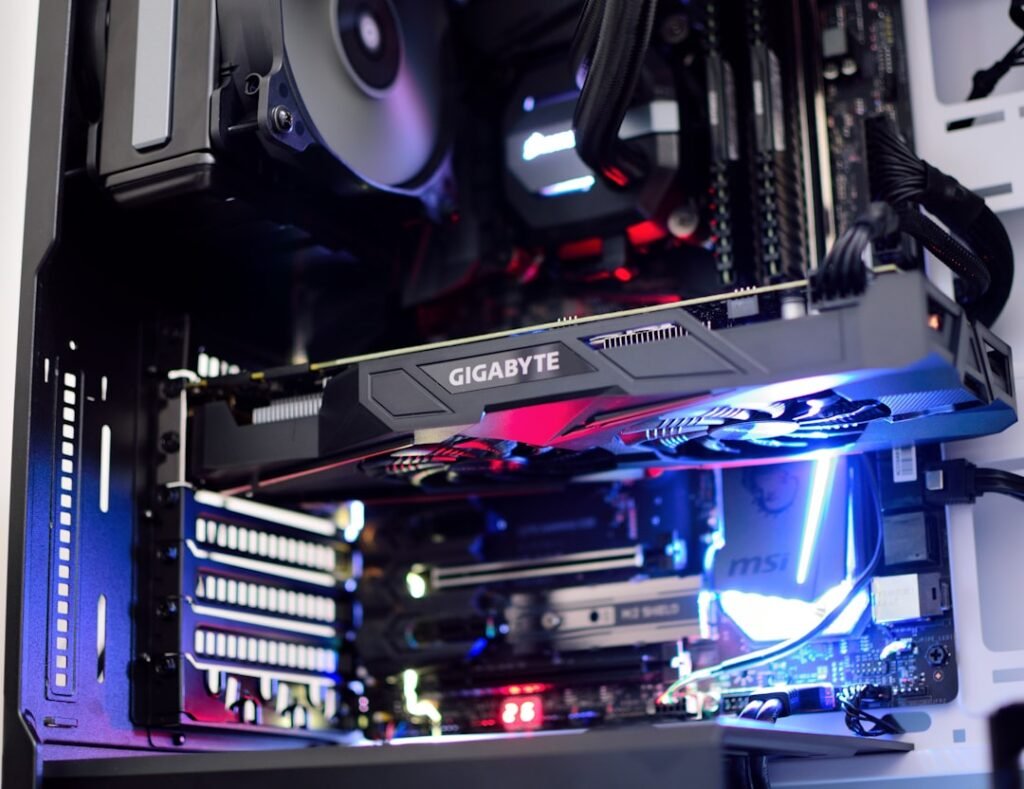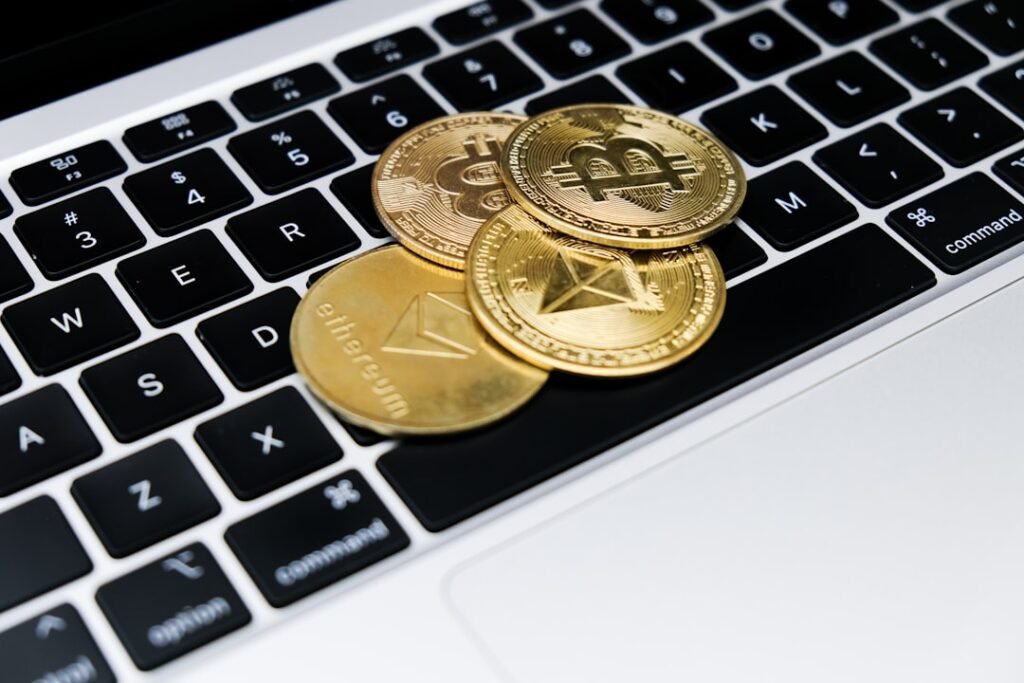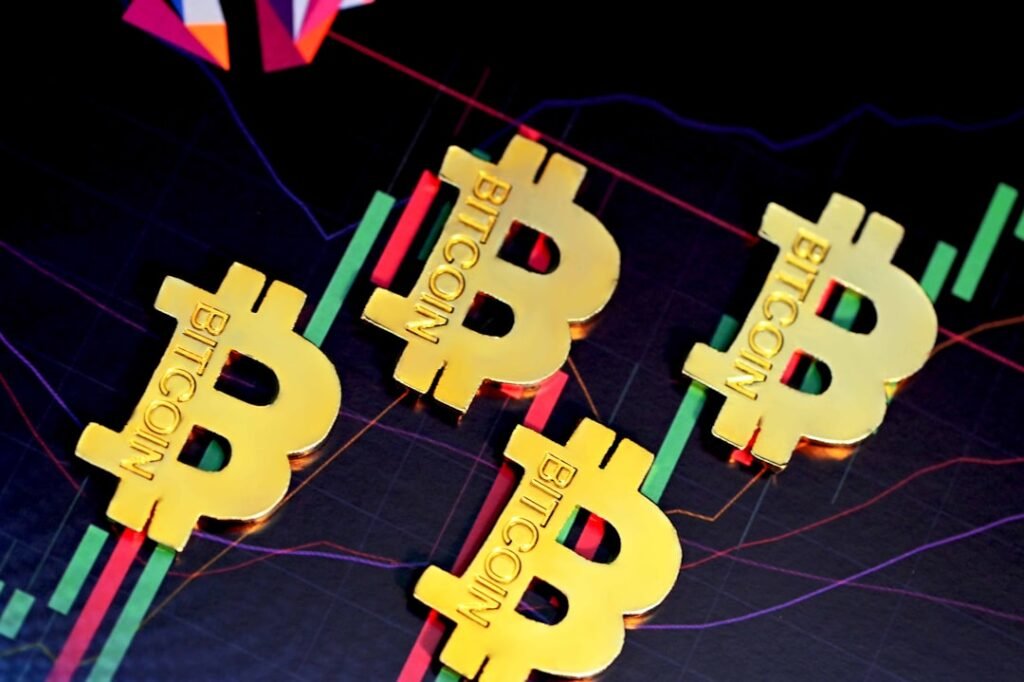Tokenized Securities: Is This the Death of Traditional Investing?
The financial world is buzzing with a term that promises to reshape the very fabric of investing: tokenized securities. This isn't just another crypto fad; it's a fundamental technological evolution merging the trust of traditional finance with the radical efficiency of blockchain. For the savvy investor, understanding this shift isn't optional—it's imperative. The tokenized securities market is not merely opening new investment avenues; it's building a superhighway.
What Are Tokenized Securities? Beyond the Hype
Let's cut through the jargon. At its core, a tokenized security is a familiar financial asset—like a stock, bond, real estate property, or investment fund—that has been converted into a digital token on a blockchain.
Think of it this way: ownership of a building or a share in a company is traditionally represented by a paper certificate or an entry in a digital ledger owned by a broker. Tokenization takes that ownership right and creates a unique, digital representation of it on a distributed ledger. This token is programmable, traceable, and tradeable on digital asset exchanges.
The critical distinction is that these are securities first, tokens second. They are subject to the same regulatory frameworks as their traditional counterparts. This differentiates them from utility tokens or cryptocurrencies like Bitcoin, which often function as a medium of exchange or provide access to a network service rather than representing an ownership stake in an underlying profit-generating asset.
The Engine of Change: Why Tokenization is a Game-Changer
The move towards tokenization isn't happening without reason. It solves multiple persistent problems in the traditional financial system, offering tangible benefits to both issuers and investors.
1. Unprecedented Liquidity for Illiquid Assets
One of the most significant value propositions is the injection of liquidity into traditionally stagnant markets. Consider real estate or fine art. These are high-value assets, but selling a fraction of a building or a painting is notoriously difficult and expensive. Tokenization allows these assets to be divided into smaller, more affordable digital shares. Suddenly, a commercial property can be owned by thousands of investors across the globe, each holding a token representing a fractional stake. This creates a liquid secondary market for assets that were previously locked away for years.
2. Radical Operational Efficiency
Traditional securities trading involves a labyrinth of intermediaries: brokers, custodians, transfer agents, and clearinghouses. Each layer adds cost, time, and complexity. Settlement of trades can take days (T+2). Tokenization streamlines this process dramatically. Using smart contracts—self-executing code on the blockchain—issuance, trading, and settlement can occur almost instantaneously (T+0). This "atomic settlement" reduces counterparty risk and slashes the administrative overhead and fees associated with middlemen.
3. Democratization of Investment Opportunities
Tokenization lowers the barriers to entry for high-value investments. Previously, only wealthy individuals or large institutions could access venture capital, private equity, or premium real estate deals. By fractionalizing these assets, tokenization enables smaller investors to build diversified portfolios that include alternative asset classes with much lower minimum investment thresholds. This opens a world of previously inaccessible wealth-building tools to a broader audience.
4. Enhanced Transparency and Security
Every transaction involving a tokenized security is recorded on an immutable, transparent blockchain. Investors can trace the history of their asset effortlessly, and regulators have a clear, auditable trail. This transparency reduces the potential for fraud and error. Furthermore, ownership is cryptographically secured, making tokens extremely difficult to counterfeit or manipulate.
From Theory to Reality: Real-World Applications Blooming Today
This isn't a distant future concept. The tokenized securities market is already active and growing.
- Real Estate: Companies are tokenizing everything from skyscrapers to residential apartments, allowing global investors to buy and trade shares seamlessly.
- Investment Funds: Venture capital and private equity funds are issuing tokens representing shares in the fund, simplifying the investment process for limited partners and enabling faster capital calls and distributions.
- Fine Art and Collectibles: Multi-million dollar paintings are being fractionalized, enabling art enthusiasts to own a piece of a Picasso or a Warhol without needing a billionaire's bank account.
- Corporate Bonds and Stocks: Major corporations and financial institutions are experimenting with issuing bonds and even stocks directly on blockchain networks to streamline capital raising and shareholder management.
Navigating the New Frontier: Challenges and Considerations
Despite its immense potential, the market for tokenized securities is still maturing. Key challenges remain:
- Regulatory Clarity: While progress is being made, the global regulatory landscape is a patchwork. Different jurisdictions have different rules regarding the issuance, trading, and custody of digital securities. Navigating this complexity is crucial for widespread adoption.
- Technological Integration: Bridging the gap between the legacy traditional finance (TradFi) systems and the new decentralized finance (DeFi) infrastructure is a significant technical hurdle. Seamless interoperability is essential.
- Custody Solutions: Securely storing digital assets is different from traditional custody. The industry is developing robust institutional-grade custody solutions to meet the security demands of large investors.
- Market Education: For mainstream adoption, both institutional and retail investors need to understand the benefits, risks, and mechanics of tokenized securities.
The Future is Tokenized: A New Investment Paradigm Awaits
The tokenization of securities is more than an incremental improvement; it's a paradigm shift. It represents the convergence of Wall Street and blockchain, creating a new infrastructure for capital markets that is more inclusive, efficient, and transparent.
As regulatory frameworks solidify and technology continues to evolve, the flow of real-world assets onto blockchain networks will accelerate. The lines between traditional and digital finance will blur, eventually disappearing altogether.
For investors, this means a future with greater choice, lower costs, and access to a global marketplace of assets 24/7. For the financial world, it means shedding legacy inefficiencies and building a faster, fairer, and more open system. The new investment avenue isn't just open—it's expanding at lightning speed, and it's time to take the first step.












